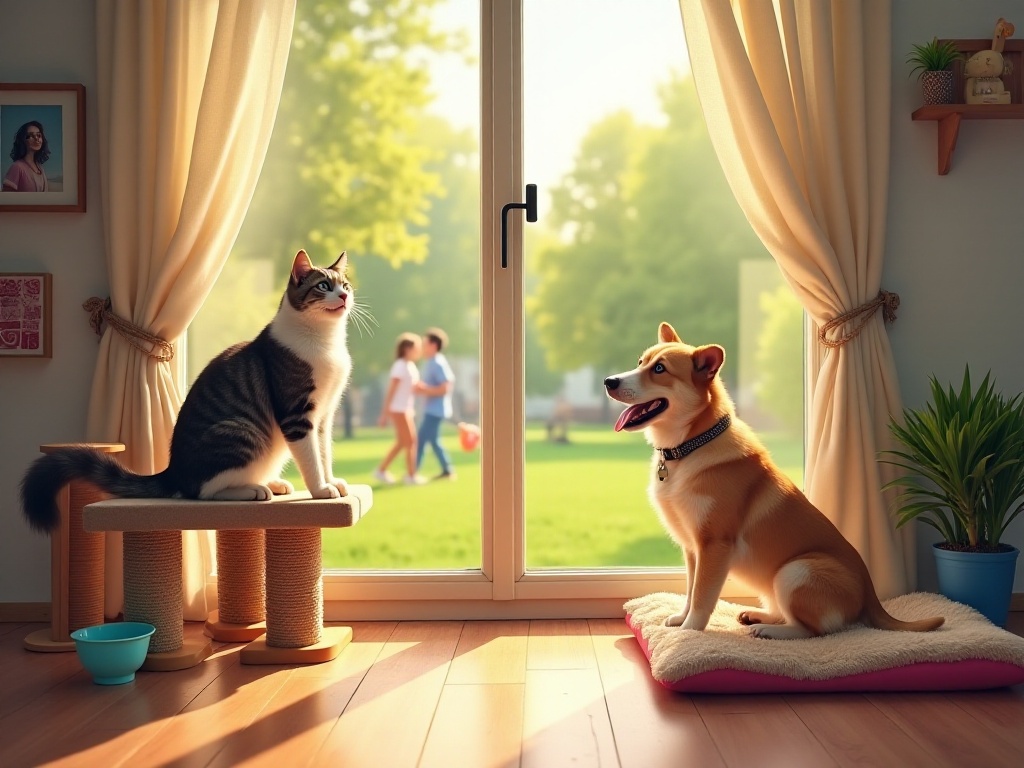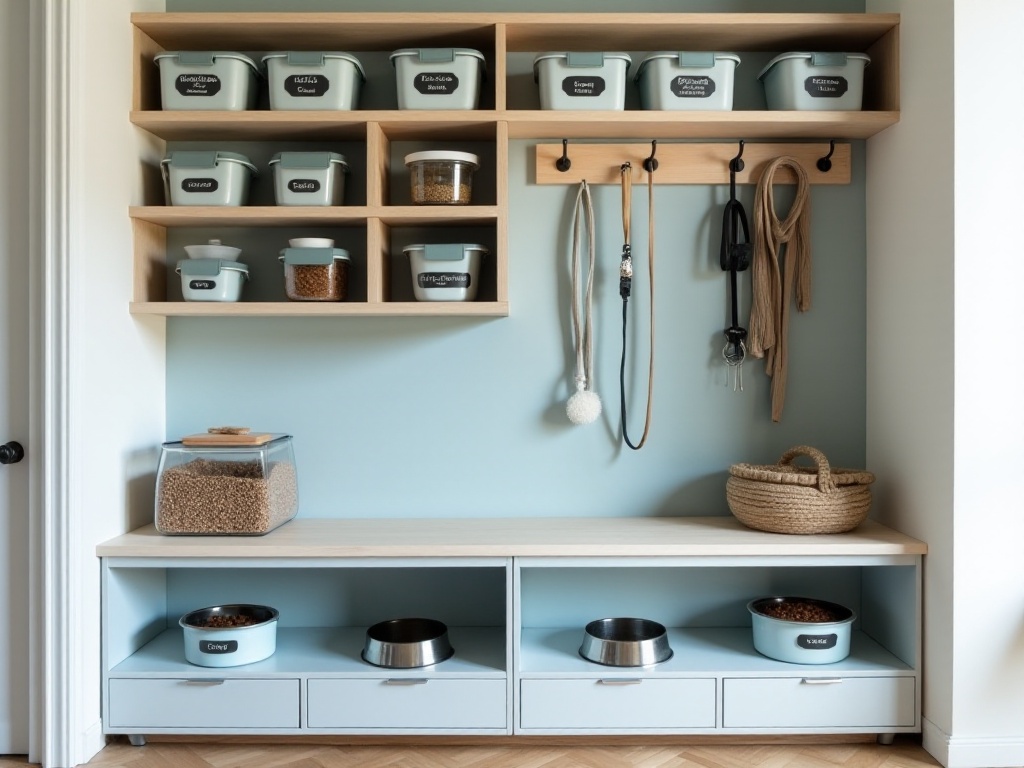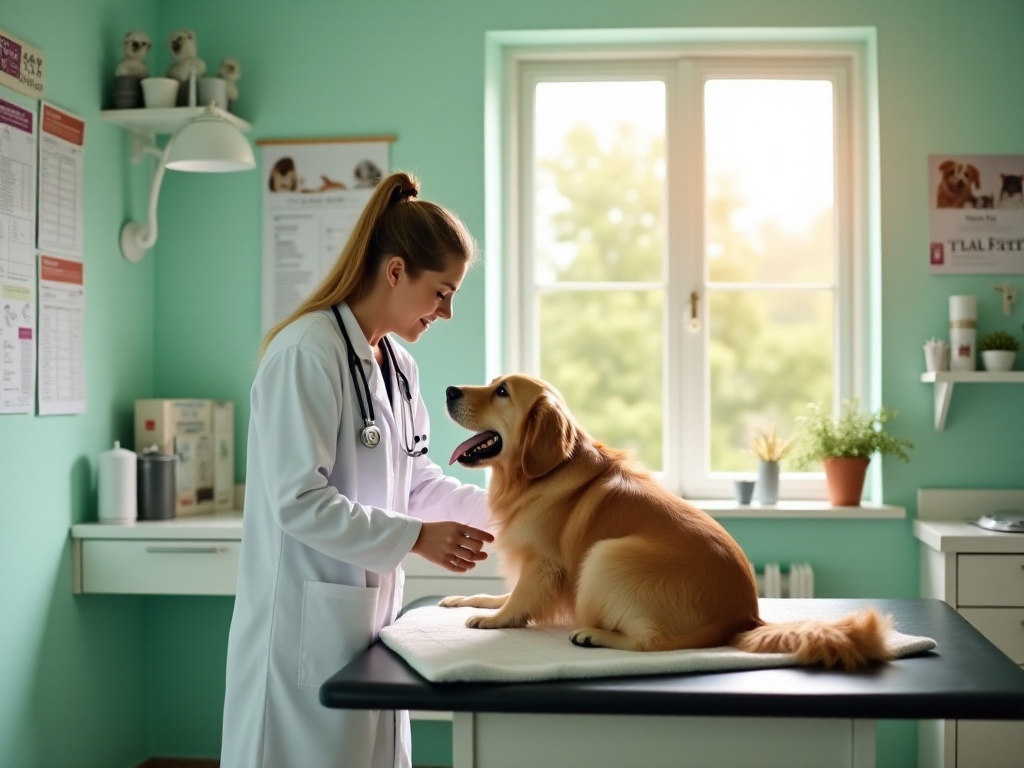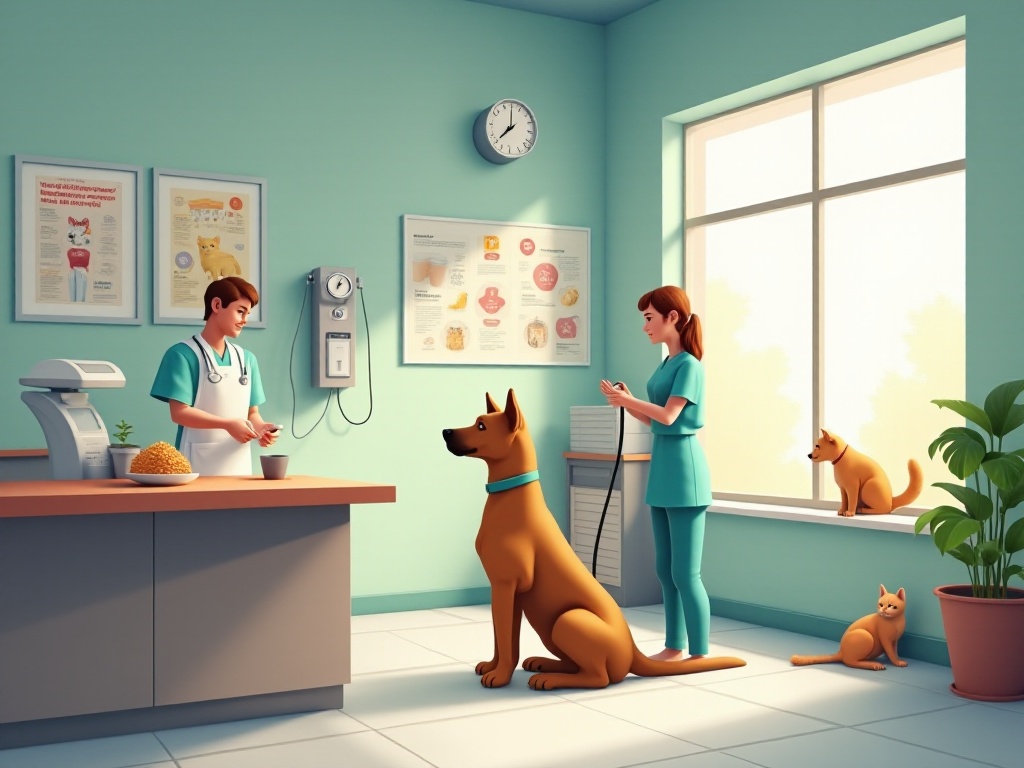
Introduction
As a seasoned pet parent who has been caring for pets since college, I've experienced all the ups and downs of pet care. In the beginning, I was overwhelmed daily, constantly worried about not taking good enough care of my little ones. After years of exploration and learning, I've finally developed a scientific and practical approach to pet care. Today, I want to share my personal experience to help new pet parents avoid common pitfalls.
I remember feeling lost when I first became a pet parent, spending hours watching short videos and reading pet care guides. Yet when it came to practical application, I still encountered unexpected issues. For instance, following feeding instructions from videos didn't guarantee my pets would eat, or buying expensive toys didn't necessarily mean they would be interested. Through years of experience, I've deeply understood that successful pet care isn't about following trends, but truly understanding their needs.

Nutrition Guide
To be honest, I've made quite a few mistakes regarding nutrition. Initially, I thought expensive meant better and bought lots of imported food, only to find that not every type suited my pets. Later, I realized that choosing pet food should be based on the pet's age, weight, and health condition, rather than simply pursuing brands or prices.
I put considerable effort into establishing a feeding schedule. At first, I tried random feeding times, but this led to increasingly picky eating habits and weight control issues. After multiple adjustments, I finally settled on two fixed meals daily - 7 AM and 6 PM, without fail. Gradually, I noticed they developed regular eating habits and their digestion improved significantly.
Hydration is crucial. I made a significant mistake thinking one water bowl was sufficient. It wasn't until my cat developed minor urinary issues that I realized the importance of water intake. Now I have water fountains in different areas of the house and use various tricks to encourage drinking, such as adding a bit of tuna juice to water or using flowing water fountains to increase their interest.
Rapid eating is indeed a common problem among pets. My Golden Retriever would practically inhale food in large chunks. To address this, I tried various solutions. After testing different slow-feeder bowls with limited success, I discovered an effective method: spreading food across multiple shallow dishes placed in different locations. This forces them to move around while eating, naturally slowing their pace.
Balanced nutrition is also crucial. Many think feeding is as simple as pouring out some kibble, but it's far more complex. I now adjust their diet according to seasons. For example, increasing moisture-rich fresh foods in summer and higher-calorie options in winter. I also regularly add supplements, especially for older pets, as appropriate nutritional supplementation can improve their physical condition.
Regarding treats, my advice is moderation. While it's heartwarming to see them enjoy treats, excessive amounts can affect their appetite for regular meals and lead to obesity. I now limit treats to 10% of their daily food intake and choose low-fat, easily digestible options.
Health Monitoring

Living Environment
The environment's impact on pets cannot be overlooked. After experiencing stress reactions in my cat during home renovation, I became particularly mindful of living space arrangements. First comes safety - all outlets have protective covers, and dangerous items are kept out of reach. Windows are equipped with safety nets to prevent accidental falls.
Space planning is crucial. I've divided our home into distinct areas: rest, activity, dining, and toileting zones. The rest area has soft bedding and cozy spots; the activity area includes interactive games like cat trees and tunnels; the dining area is kept away from the toilet area, maintaining quietness and cleanliness; and the toilet area is placed in a ventilated but relatively private location.
Environmental enrichment has received my most careful attention. I've designed several versions of cat trees alone. Considering cats' natural instinct to observe their surroundings, I specifically designed several observation points at height, allowing them to safely survey their territory. I also regularly change toy positions to maintain environmental novelty.
Temperature and humidity control are key. I've installed thermometers and hygrometers to monitor indoor conditions. In summer, air conditioning is used moderately; in winter, special attention is paid to warmth, especially for short-haired breeds.
Lighting is often overlooked in environmental planning. I've deliberately created sunbathing areas for natural light exposure while being careful to avoid direct strong sunlight by adjusting curtains according to the sun's position.

Daily Care
Daily care may sound simple but requires great patience and attention to detail. Every morning, I check their general condition and watch for unusual behavior. Then I clean their food and water bowls - a crucial step for maintaining a hygienic eating environment that directly affects their health.
Grooming is a daily must-do. Different coat types require different brushes, and I have several types for various body areas. Grooming time is also perfect for health checks, particularly for fleas and skin issues.
Grooming is truly a skilled task. Bathing pets isn't just about running some water over them. First, prepare all necessary items including pet shampoo, towels, and a hair dryer. Water temperature should be moderate - I test it with my elbow to ensure it's neither too hot nor too cold. During bathing, be careful to keep water out of their ears and eyes, which are sensitive areas. Thorough drying afterward is essential to prevent bacterial growth.
Nail trimming is another care aspect requiring special attention. Initially nervous about hurting them, I learned through videos and practice. Always identify the blood vessel location within the nail and only trim the tip. Keep styptic powder handy in case of accidents.
Ear cleaning is also crucial, especially for dogs with droopy ears who are prone to ear infections. I regularly use professional ear cleaner and check for unusual odors or discharge.

Special Considerations
Each pet is unique, which is crucial to remember. Take my two cats from the same litter - they have completely different personalities. The older one is outgoing and loves interaction; the younger is shy and needs more time to build trust. I adjust my interaction style according to their individual personalities.
For shy pets, I recommend allowing adequate adjustment time. Don't expect immediate closeness; build trust gradually. I start by simply being present, then slowly introduce simple interactions like playing with toys from a distance or speaking softly.
Exercise needs vary by pet. Young pets have more energy and need more exercise time; older ones need controlled activity levels to avoid fatigue. I plan exercise routines based on their age and physical condition to ensure adequate activity without overexertion.
Social training is another important aspect. Some pets are naturally friendly, while others need more training to adapt to group living. My experience shows that social training should start early and with appropriate settings and companions. Begin with gentle-natured animals before gradually expanding their social circle.
Finally, pet care requires much love and patience. They bring us endless joy, and as owners, we're responsible for providing the best care possible. I hope sharing these experiences helps other pet parents better care for their furry friends. Remember, every detail matters as it affects their health and happiness.
Caring for pets teaches us about love and responsibility. Watching them grow healthy and happy brings incomparable satisfaction. If you have unique pet care experiences, please share them. After all, we're all working to protect these lovely creatures with our hearts. Let's work together to create a better living environment for them.
Related articles




